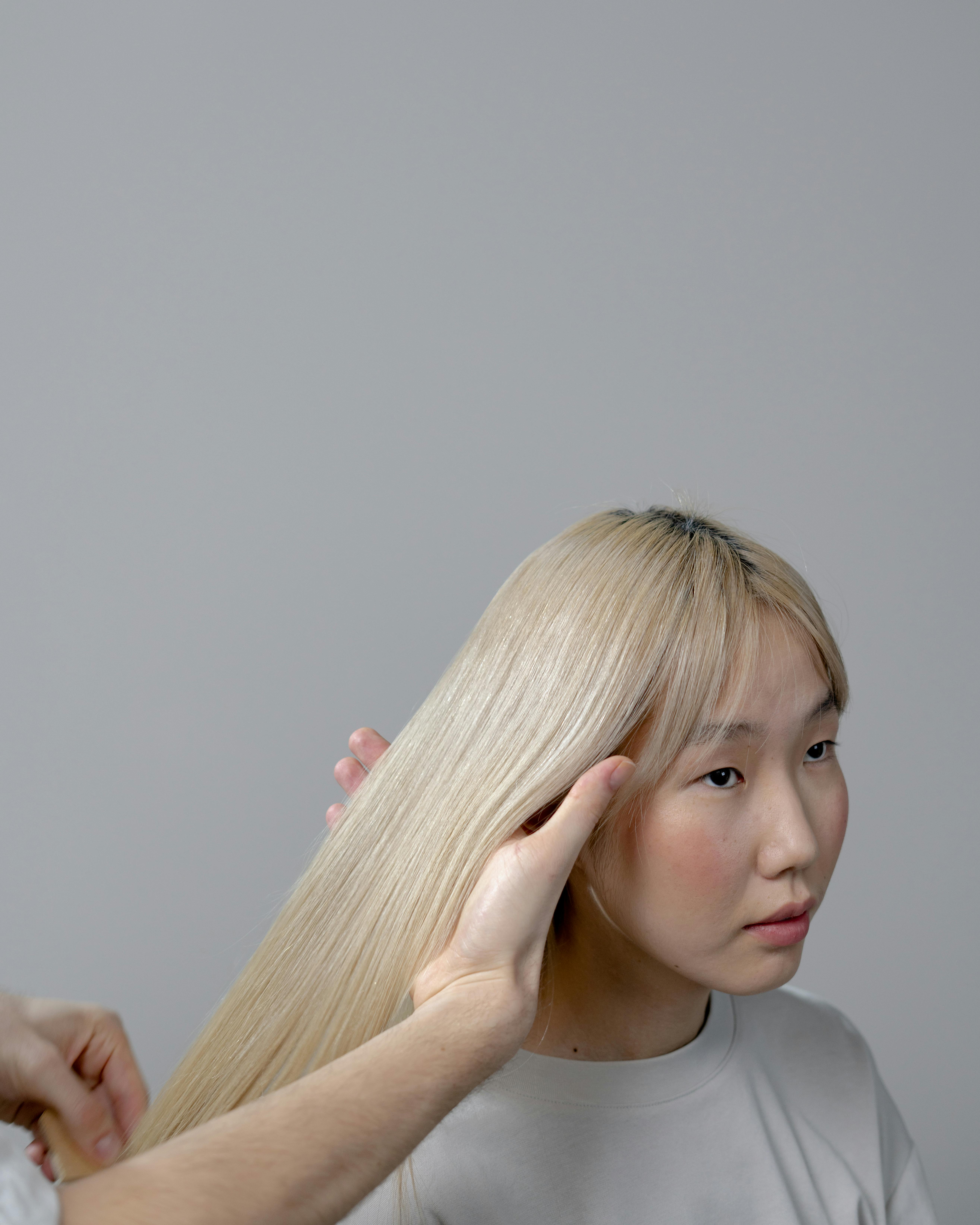Daily Care Routines That Preserve Bond Integrity and Shine
Consistent daily routines extend the life and appearance of bonded and applied hair. This quick overview highlights simple, practical steps to protect attachment points, reduce tangling, and maintain natural movement and shine across different extension types. Small habits add up to longer wear and a healthier scalp.

Daily habits have a major effect on how well attached hair holds up and how glossy it looks. Whether you use semi-permanent bonds, temporary clip systems, or full wefts, gentle handling, appropriate products, and attention to the scalp keep bonds intact and strands aligned. Focus on targeted routines that protect the attachment area, reduce friction, and preserve moisture without weighing hair down.
How does lengthening and volumizing affect bonds?
Adding lengthening or volumizing extensions changes the weight and tension on natural hair and attachment points. Heavier or very long pieces increase stress at bonds, so choose densities and lengths that match your natural hair strength. At home, sleep with a loose braid or silk pillowcase to limit pulling and tangling. Avoid tight styles that concentrate force at a few bonds; instead, distribute weight by using soft clips or strategic parting. Regularly check for loose bonds and address them promptly to prevent slippage and hair breakage.
What should I do for clipins, tapeins, and wefts?
Clipins are low-impact and removable, but they still need careful handling: fasten on clean, dry hair and remove clips gently by opening fully before sliding out. Tapeins rely on adhesive contact — avoid oily or silicone-heavy products near the edges to maintain stickiness. Wefts stitched onto braids need to be kept dry at the root to prevent matting; brush from ends upward and use a wide-tooth comb for tangles. For all three types, detach and store clipins properly and schedule professional reapplication for tapeins and sewn wefts when slippage begins.
Remy vs synthetic: care differences
Remy (human) hair accepts heat styling, color adjustments, and protein-based conditioning better than synthetic fibers, but both need protection. Use sulfate-free, low-residue shampoos and gentle conditioners on remy pieces, and apply heat protectant before styling. Synthetic fibers can melt under high heat and attract product build-up; wash them less frequently with cool water and use formulations made for synthetic hair. For both types, avoid products with heavy silicones at the root — these can weaken adhesives and create visible residues at bond lines.
Colormatch and blending for natural look
Accurate colormatch and seamless blending reduce the need for heavy styling that stresses bonds. Select extension shades with subtle highlights or lowlights to mimic natural depth; when in doubt, opt for a slightly darker tone at the base to hide re-growth and adhesive lines. Use color-safe, clarifying products sparingly to remove build-up without stripping tone. Blending through layering and texturizing helps distribute weight and reduces tugging at attachment points, improving overall comfort and the visual finish.
Daily maintenance, longevity, and styling tips
A short, consistent maintenance routine preserves longevity: detangle gently with a loop brush or wide-tooth comb, concentrating on mid-lengths to ends first. Apply a light leave-in conditioner to the lengths while avoiding bonds and tape edges. Limit daily heat to reduce stress; when styling, use low-to-moderate temperatures and heat protectants. Rotate styles to avoid constant tension on particular bonds, and follow manufacturer or stylist guidance for recommended reapplication intervals to extend usable life.
Scalpcare and sourcing considerations
Scalpcare supports both natural hair health and extension performance. Keep the scalp clean with mild shampoos to prevent follicle irritation, and address itch or buildup promptly. If you have sensitivities, request hypoallergenic adhesives or alternative attachment methods. Sourcing matters: choose reputable suppliers and stylists who disclose origin, processing, and whether hair is remy or synthetic. Ethical sourcing and transparent processing generally produce more durable, detectable-quality pieces that bond more reliably.
Conclusion
Preserving bond integrity and shine is mostly about small, consistent choices: protect the attachment points from excess tension and product buildup, use appropriate cleansing and conditioning routines for the specific fiber, and handle pieces gently during styling and sleep. Regular professional checks and mindful sourcing further support longevity and a natural finish. With these habits, extensions can remain secure and visually seamless for longer periods.





